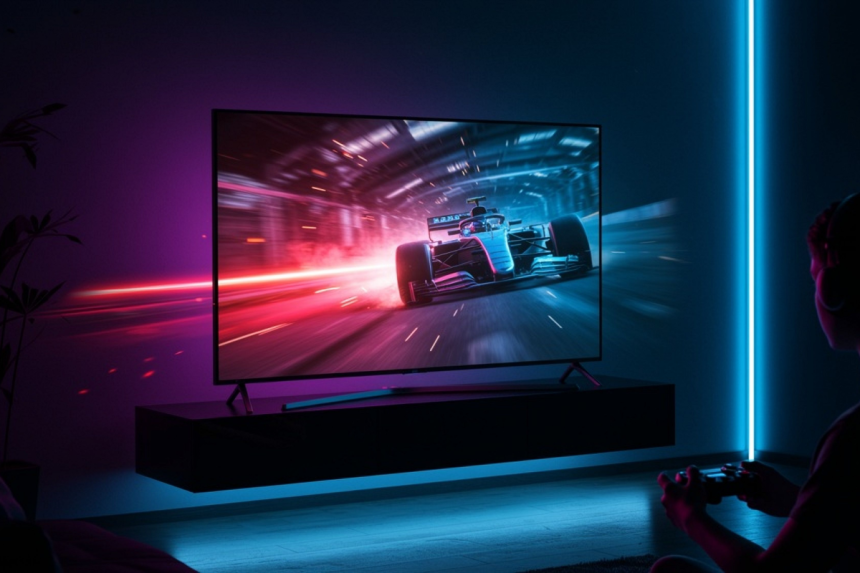A new display technology is generating buzz in the TV industry: RGB Mini-LED. Recently unveiled by major brands like Samsung, Hisense, and Sony, this innovation promises brighter pictures, sharper contrast, and color accuracy beyond what current OLED models can achieve. While early models come with premium price tags, RGB Mini-LED could mark the beginning of a new era in home entertainment.
What Makes RGB Mini-LED Different?
Traditional Mini-LED TVs rely on white LEDs with color filters to display images. RGB Mini-LEDs, however, use red, green, and blue LEDs that can be independently controlled across dimming zones. This hardware leap allows TVs to achieve far greater color accuracy, with some models claiming up to 100% coverage of the BT.2020 standard. For comparison, top-tier OLED sets typically reach around 90%.
Samsung’s Micro RGB
Samsung introduced its Micro RGB TV as a hybrid step between Mini-LED and next-generation Micro-LED. Available only in a massive 115-inch version priced at $29,999, this display boasts full BT.2020 coverage, a 144Hz refresh rate, and Samsung’s Vision AI software suite. Its matte, glare-free finish is designed to rival the brand’s flagship OLEDs in performance and style.
Hisense 116UX and 100UX
Hisense was among the first to showcase the technology, initially calling it TriChroma LED before rebranding as RGB Mini-LED. Its flagship 116UX, priced at $29,999, and the slightly smaller 100UX at $19,999, promise outstanding brightness and color performance. In testing, the 116UX surpassed 5,000 nits in HDR, making it the brightest commercial TV ever measured. Hisense reports 95% BT.2020 color coverage, positioning its sets as among the most vibrant on the market.
Sony’s Approach
Sony has taken a slower approach, with its version of RGB Mini-LED expected to launch in 2026. Although official names are yet to be confirmed, early previews suggest the display—nicknamed Bravia 10—covers around 90% of BT.2020 and reaches brightness levels of 4,000 nits. While not as advanced as Samsung or Hisense in color coverage, Sony’s offering could bring a more balanced performance once available.
When Will It Become Affordable?
At present, RGB Mini-LED TVs are limited to oversized models priced between $20,000 and $30,000. While impressive in scale and performance, they remain impractical for most households. Industry experts anticipate that manufacturers will eventually scale down production to popular sizes like 65 and 75 inches. However, this process takes time, and affordable options may still be years away. For now, RGB Mini-LED represents a glimpse of the future rather than an immediate upgrade for mainstream consumers.
RGB Mini-LED technology builds on the strengths of traditional Mini-LED by delivering unprecedented color accuracy and brightness. With Samsung, Hisense, and Sony each pursuing their own approach, the race is on to refine and scale this innovation. Although today’s models are massive and costly, they point to what could become the next standard in consumer TV technology—once prices fall and sizes become practical for everyday living rooms.






